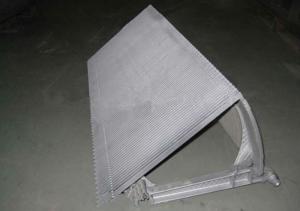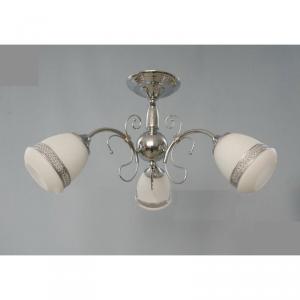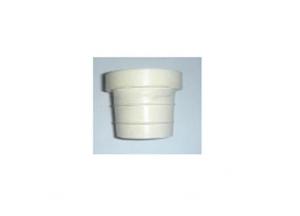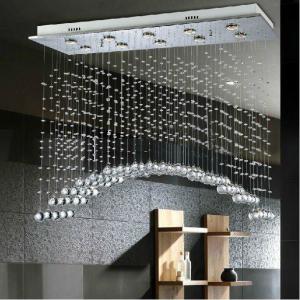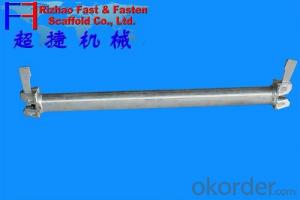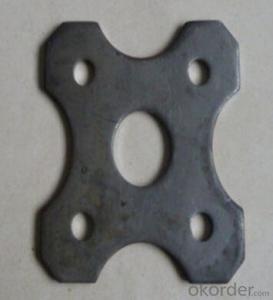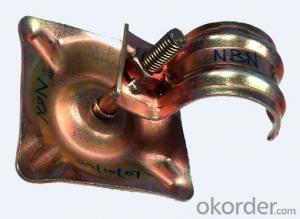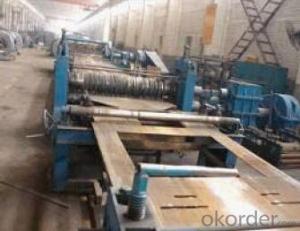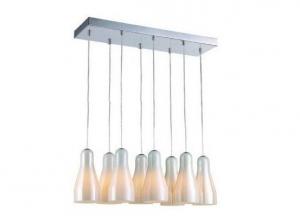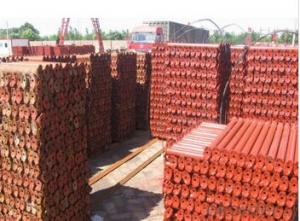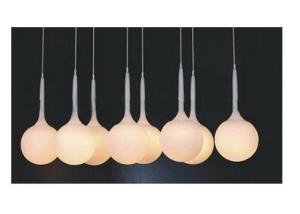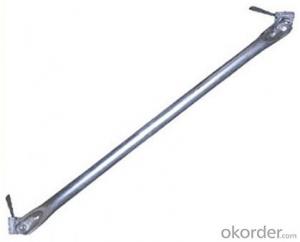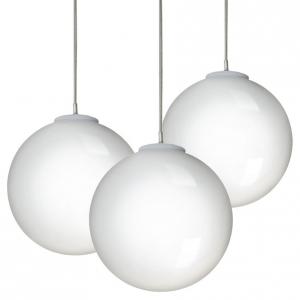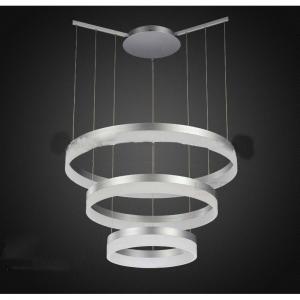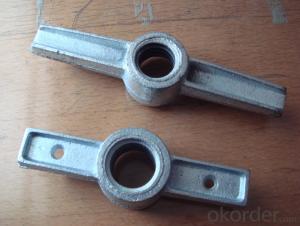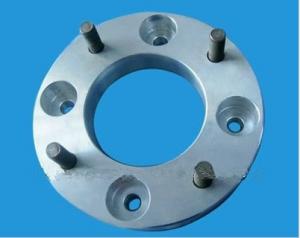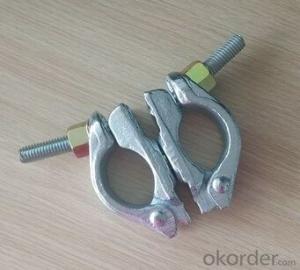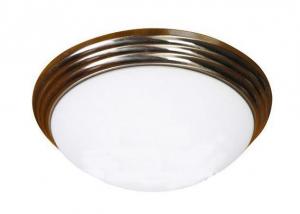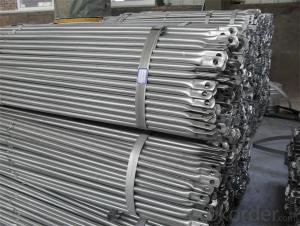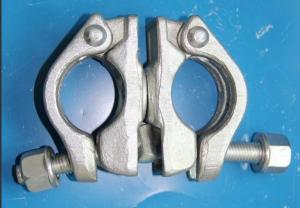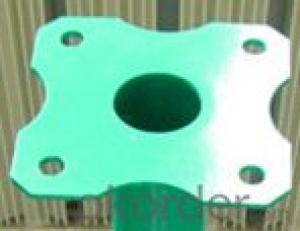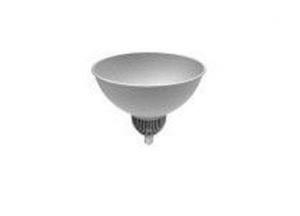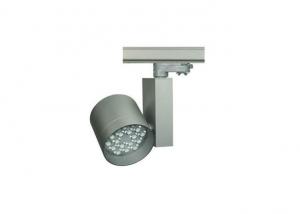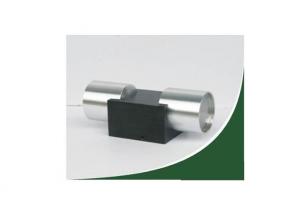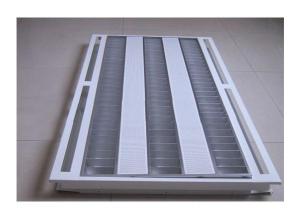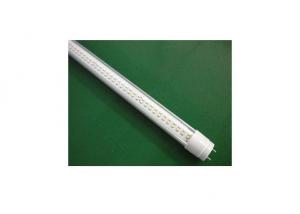Chandelier Mounting Parts
Chandelier Mounting Parts Related Searches
Chandelier Fixture Parts Ceiling Mount Light Fixture Parts Ceiling Lamp Parts Ceiling Chandelier Ceiling Light Mounting Hardware Flush Mount Ceiling Light Parts Parts For Pendant Lights Parts of A Ceiling Light Hanging Light Socket Parts Pendant Light Canopy Parts Ceiling Light Components Wall Light Fixture Parts Lamp Light Fixture Parts Parts For Light Fixtures Schindler Elevator Parts Mini Pendant Light Parts Accessories For Lighting Small Pendant Chandelier Led Lighting Accessories Led Light For Chandelier Pendant Light Components Halogen Pendant Light Parts Car Lift Parts Pendant Light Chandelier Replacement Light Fixture Parts Glass Pendant Chandelier Car Lighting Accessories Scissor Lift Parts Ceiling Light Mounting Plate Wall Mount Light FixtureChandelier Mounting Parts Supplier & Manufacturer from China
Chandelier Mounting Parts are essential components used in the installation and support of chandeliers, ensuring that these decorative lighting fixtures are securely fastened to ceilings or other surfaces. These parts play a crucial role in maintaining the stability and safety of chandeliers, which can be quite heavy and delicate. They come in various forms, such as brackets, hooks, and chains, and are designed to accommodate different chandelier styles and sizes.Chandelier Mounting Parts are widely used in residential and commercial settings, where they are employed to hang chandeliers in living rooms, dining rooms, hotels, and other spaces that require elegant and sophisticated lighting. These parts are not only functional but also contribute to the overall aesthetic of the room, as they can be chosen to match or complement the chandelier's design. Proper installation of these parts is vital to prevent accidents and ensure the longevity of the chandelier.
Okorder.com is a reputable wholesale supplier of Chandelier Mounting Parts, offering a vast inventory of high-quality products to cater to the needs of various customers. With a commitment to providing excellent service and competitive prices, Okorder.com has become a go-to source for those seeking reliable and durable chandelier mounting solutions.
Hot Products

